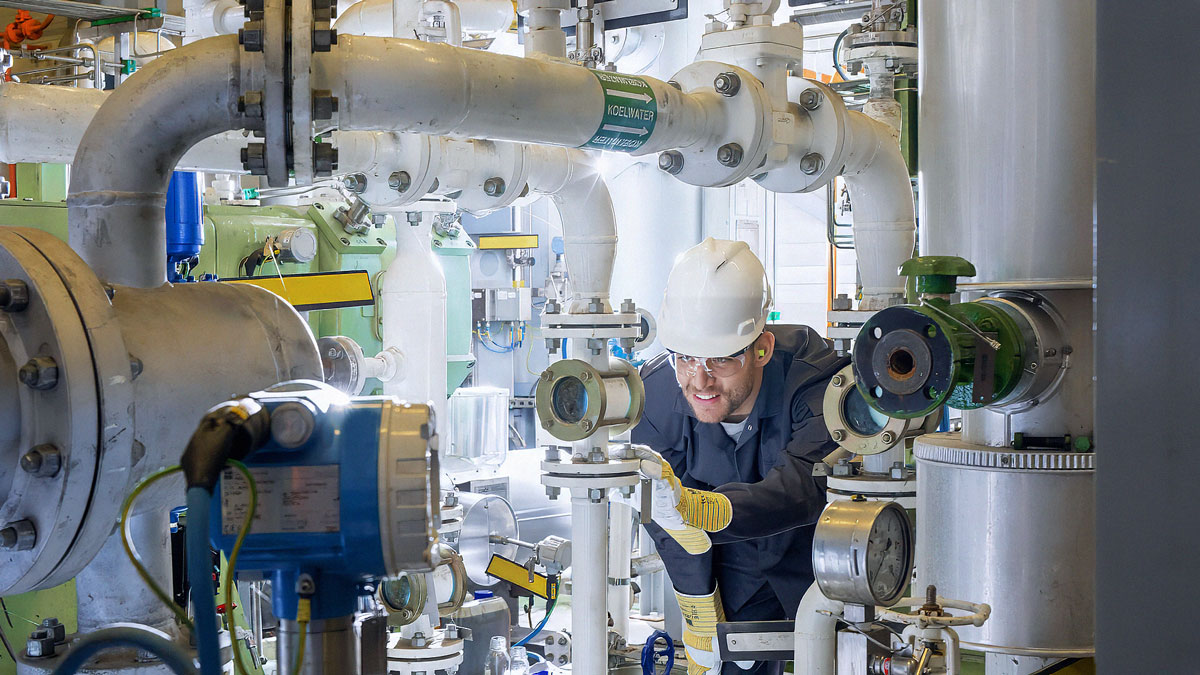Bilfinger to Perform Reliability Management for Teijin Aramid

Bilfinger cooperated with Teijin Aramid to enhance the reliability and availability of their plant in Farmsum, the Netherlands. Bilfinger’s Asset Management Consultants conducted a thorough RAM (Reliability, Availability, and Maintainability) analysis and FMECA (Failure Mode Effect & Criticality Analysis), leading to the development of a strategic investment roadmap.
Creating a strategic investment roadmap based on a bottom-up approach
By employing a bottom-up approach, Bilfinger effectively integrated the perspectives of all stakeholders into the strategic investment roadmap, aligning maintenance and investment efforts to achieve the desired balance between costs, risks, and performance.
Asset owners face the challenge to optimize reliable and available assets at acceptable maintenance costs to prevent unexpected downtime. This is also the case for Teijin Aramid, a chemical company and leader in aramid technology, who commissioned Bilfinger Engineering to perform Reliability Engineering studies and analysis on their plant in the Netherlands.
Teijin Aramid is currently improving their plant in Farmsum, including drafting maintenance concepts for their already years ago installed equipment. To assist with this, consultants Asset Management from Bilfinger performed, together with Teijin Aramid’s production, technology and maintenance departments, a RAM (Reliability, Availability and Maintainability) analysis and FMECA (Failure Mode Effect & Criticality Analysis) to gain valuable information such as mean time to repair, mean time to failure, costs of downtime and costs to repair. They mapped all data in a simulation and based on that provided a roadmap to the customer to achieve the highest possible turnover in the future related to costs and downtime.
This project was special as it marked the first time for Bilfinger to perform a reliability management analysis on a brownfield plant. Typically, such analyses are conducted during greenfield projects because, at this stage of the asset life cycle, it is still feasible to implement significant design changes with relatively minimal impact on capital expenditure (CAPEX). The second phase for carrying out CAPEX projects occurs when a plant has depreciated equipment, leading to increased operational expenditure (OPEX) costs and heightened risks, resulting in decreased performance. At this juncture, each stakeholder (operations, maintenance, management, etc.) holds its own interests, objectives, and understanding of what, why, and when CAPEX projects should be undertaken.
Bilfinger’s bottom-up approach to the reliability management analysis at Teijin resulted in a strategic investment roadmap, taking into account the perspectives of all stakeholders, to full satisfaction of the customer.
“It was crucial for us to determine the focus of our maintenance and investment efforts to achieve the desired balance between costs, risks, and performance. Bilfinger turned our expectations into results and was able to provide us with a roadmap going forward with a clear maintenance and investment window,” Frans Houthuijzen, Team Leader Maintenance Engineering at Teijin Aramid, said.


